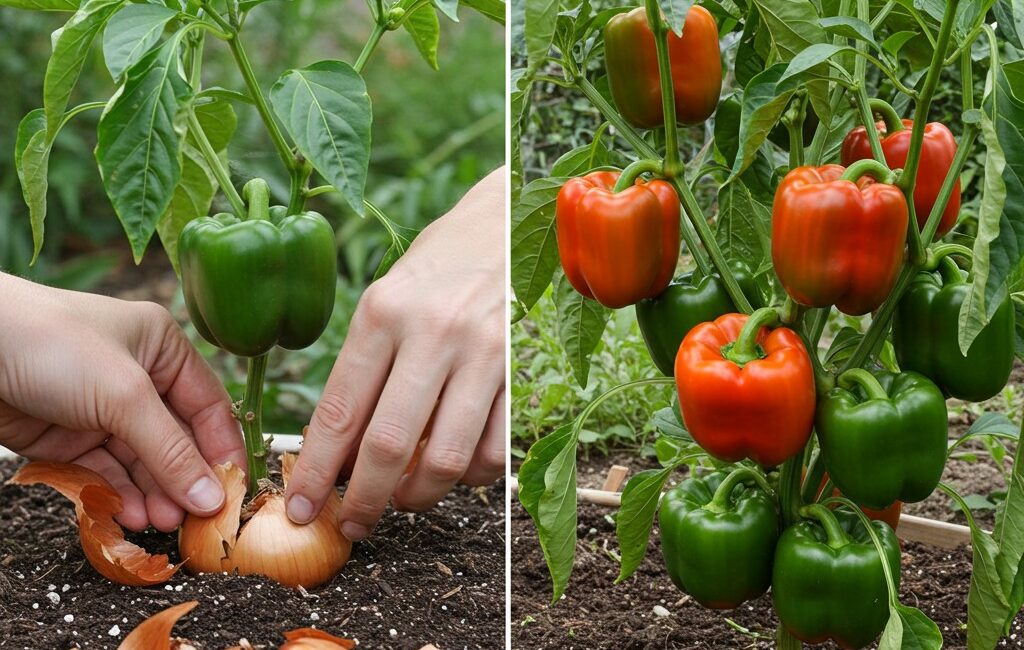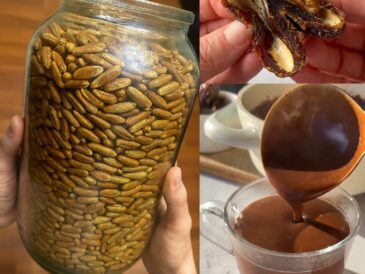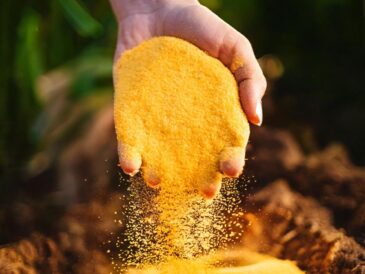Selecting Quality Soil and Containers
The best fertilizer can be undermined by poor soil or unsuitable containers. Use a light, well-draining seed starting mix enriched with organic matter to complement your fertilizer.
Ensure containers have proper drainage holes to avoid waterlogging, which can stress seedlings.
Proper Watering Regimen
Seedlings require consistent moisture, but overwatering can lead to root rot. Use a spray bottle or gentle watering can to maintain even soil moisture without saturation.
Water quality matters: soft water or rainwater is preferred to prevent buildup of salts from tap water.
Optimal Light and Temperature Conditions
Tomatoes and peppers thrive with:
- 12-16 hours of bright, indirect sunlight or grow lights daily.
- Temperatures between 70-80°F (21-27°C) during the day and slightly cooler nights.
Adequate light and warmth maximize photosynthesis, enhancing fertilizer uptake and overall seedling health.
Troubleshooting Common Seedling Issues Related to Fertilization
Symptoms of Nutrient Deficiencies
- Yellowing leaves (chlorosis): Often caused by nitrogen deficiency.
- Poor root growth: May indicate phosphorus shortage.
- Leaf curling or browning: Could signal potassium deficiency.
- Stunted or leggy growth: Often a result of imbalanced fertilization or inadequate light.
Preventing Fertilizer Burn
Signs include browning or wilting leaves and crusty soil surface. To prevent:
- Always dilute liquid fertilizers.
- Avoid excessive application of high-nitrogen fertilizers.
- Monitor seedlings daily for stress symptoms.
Transitioning from Seedling to Mature Plant Fertilization
As seedlings mature, their nutrient demands evolve. Gradually shift to balanced NPK fertilizers with higher potassium and phosphorus content to support flowering and fruiting.
Organic options like compost teas, seaweed extracts, and diluted fish emulsion remain excellent supplements throughout the plant’s life cycle.
Conclusion: Achieving Robust Tomato and Pepper Seedlings Through Optimal Fertilization
Success in cultivating vibrant, productive tomato and pepper plants begins with proper seedling care. Using a carefully crafted, nutrient-rich fertilizer ensures your seedlings develop strong roots, healthy leaves, and are primed for vigorous growth.
Incorporate natural, balanced fertilization techniques combined with best cultural practices—such as ideal soil, watering, lighting, and temperature—to maximize your gardening success.
By investing attention at the seedling stage, you set the foundation for a bountiful harvest, rich in flavor and nutrition, rewarding your efforts all season long.
Frequently Asked Questions (FAQs)
Q1: Can I use synthetic fertilizers for tomato and pepper seedlings?
A: While synthetic fertilizers can provide nutrients, they risk damaging delicate roots due to high concentration. Natural fertilizers release nutrients more slowly and safely.
Q2: How often should I fertilize seedlings?
A: Generally, feed seedlings once every 1-2 weeks with diluted fertilizer. Overfeeding can harm young plants.
Q3: Can I use the same fertilizer for both tomatoes and peppers?
A: Yes, tomatoes and peppers have similar nutrient needs and respond well to the same balanced fertilizer mixes.




